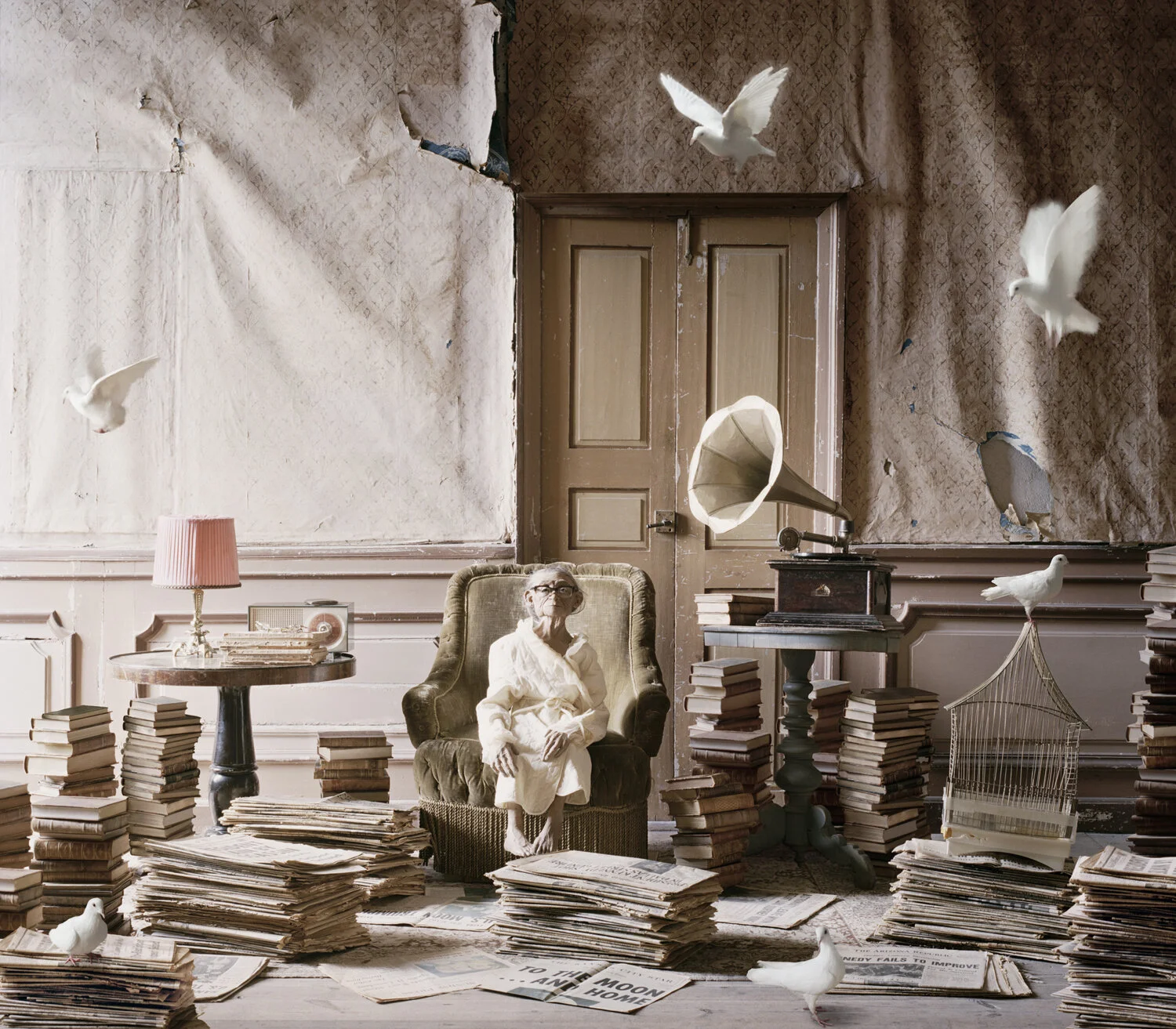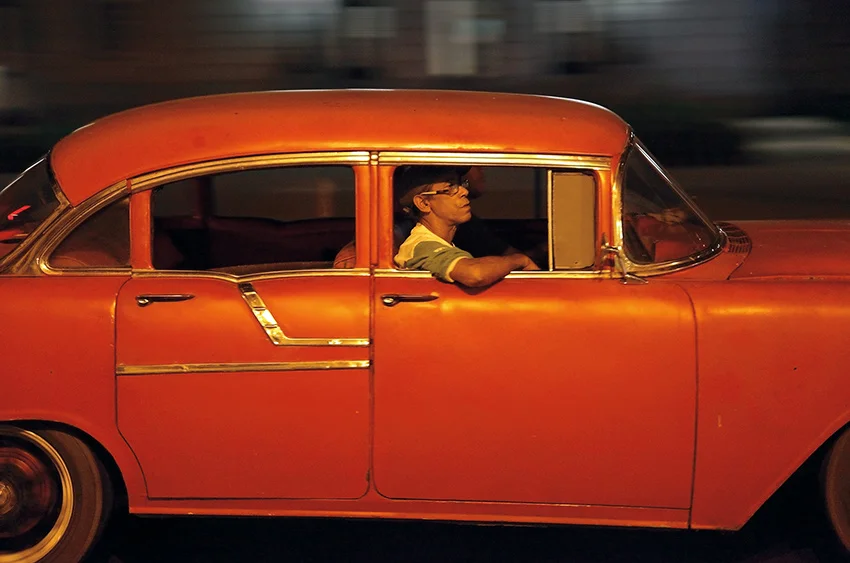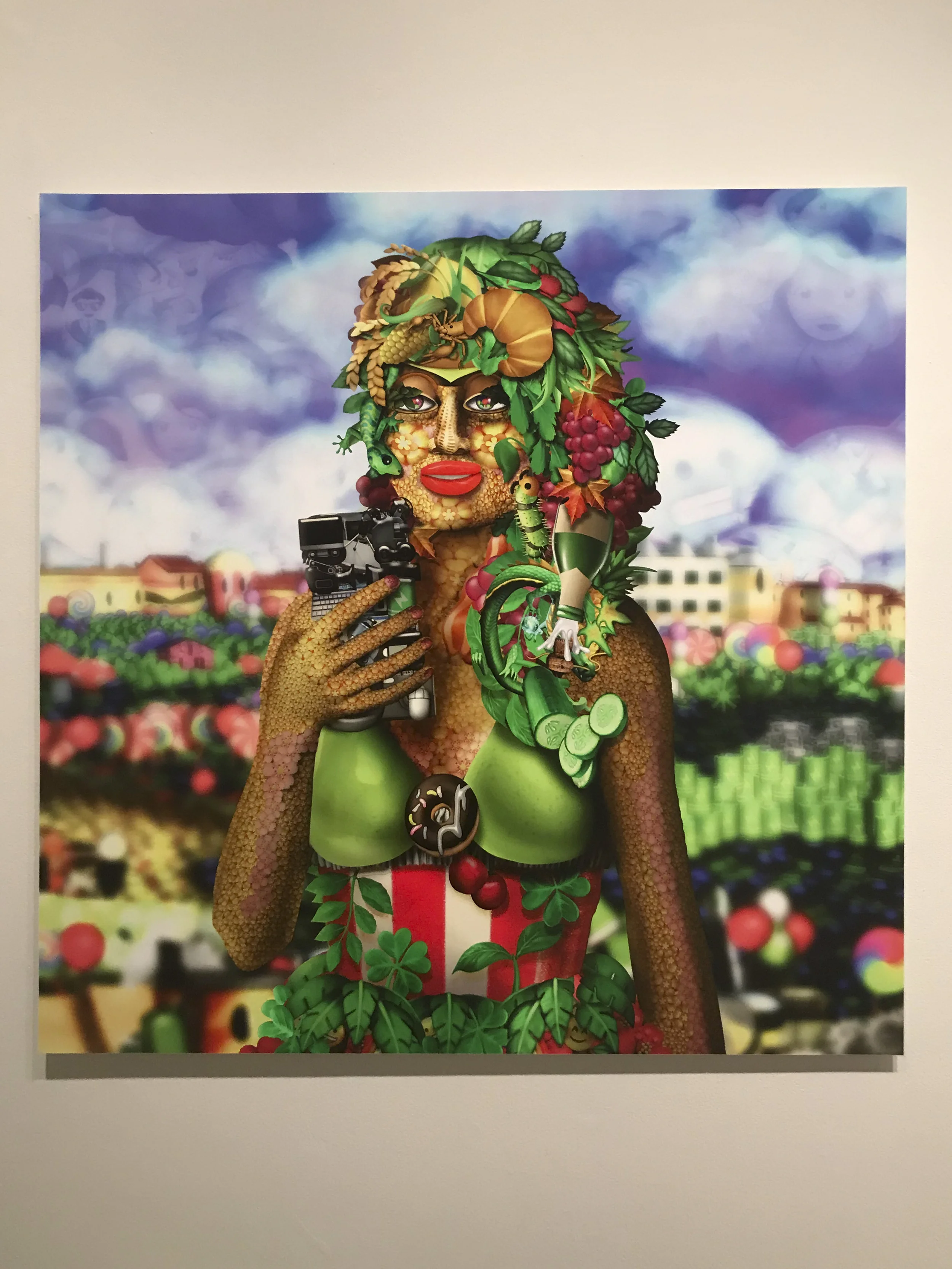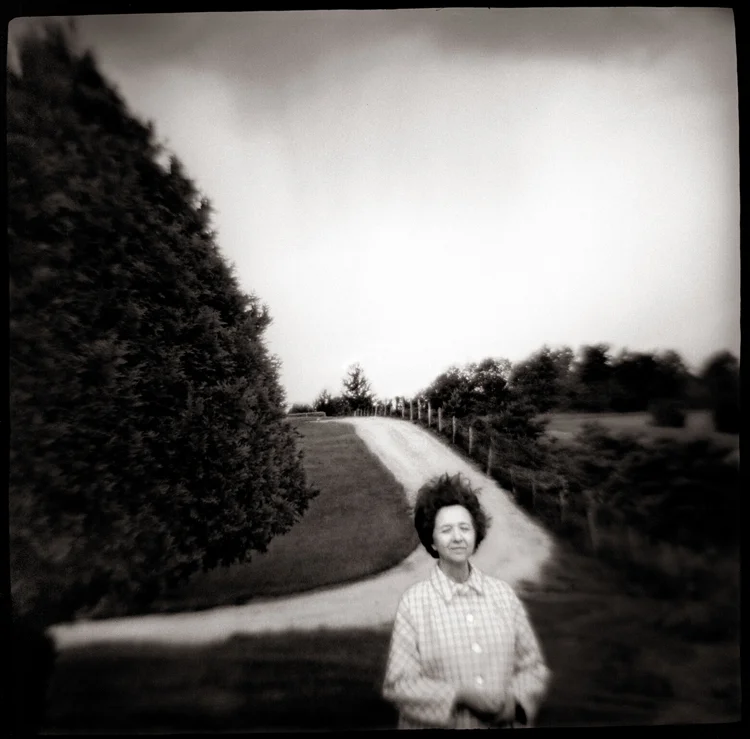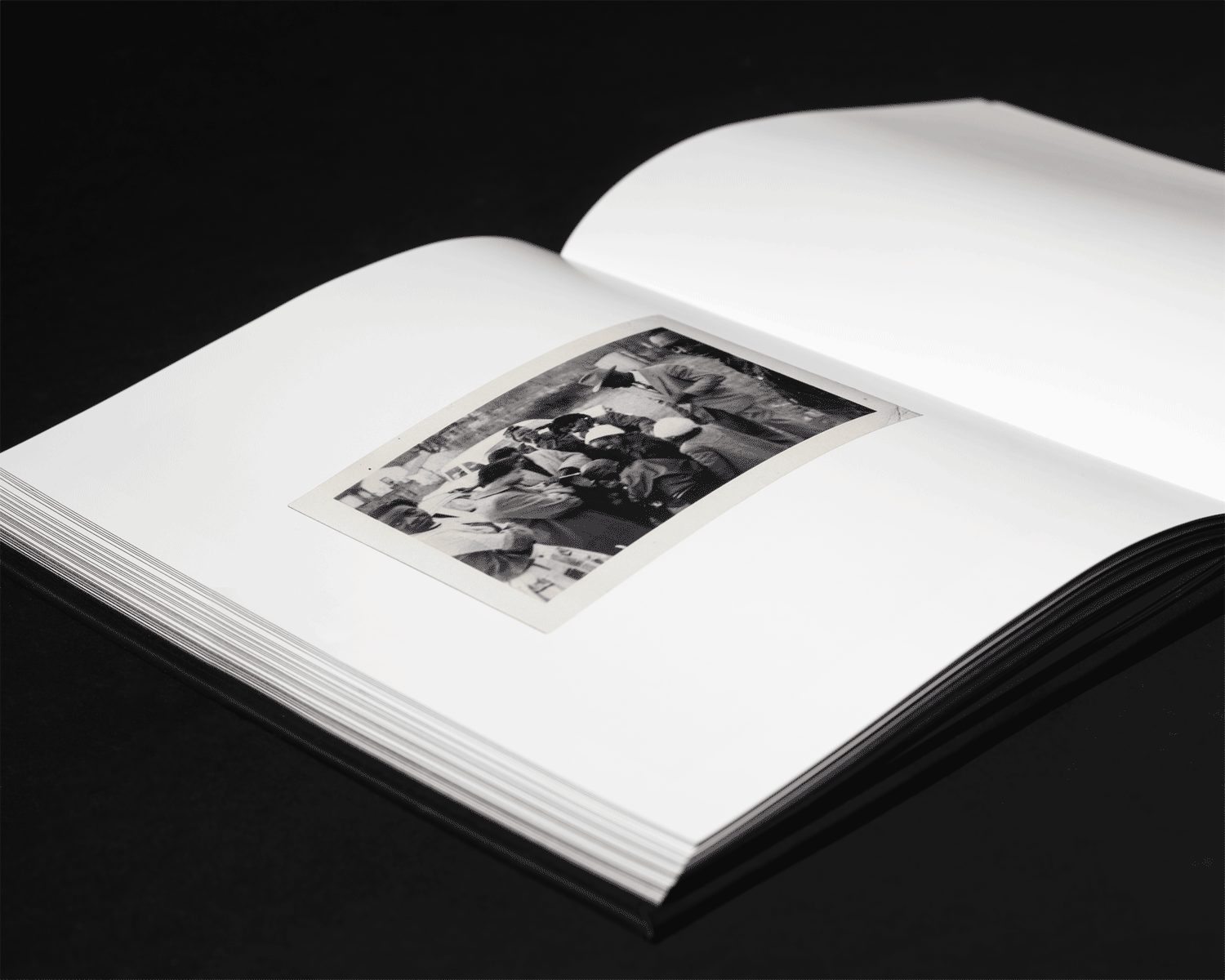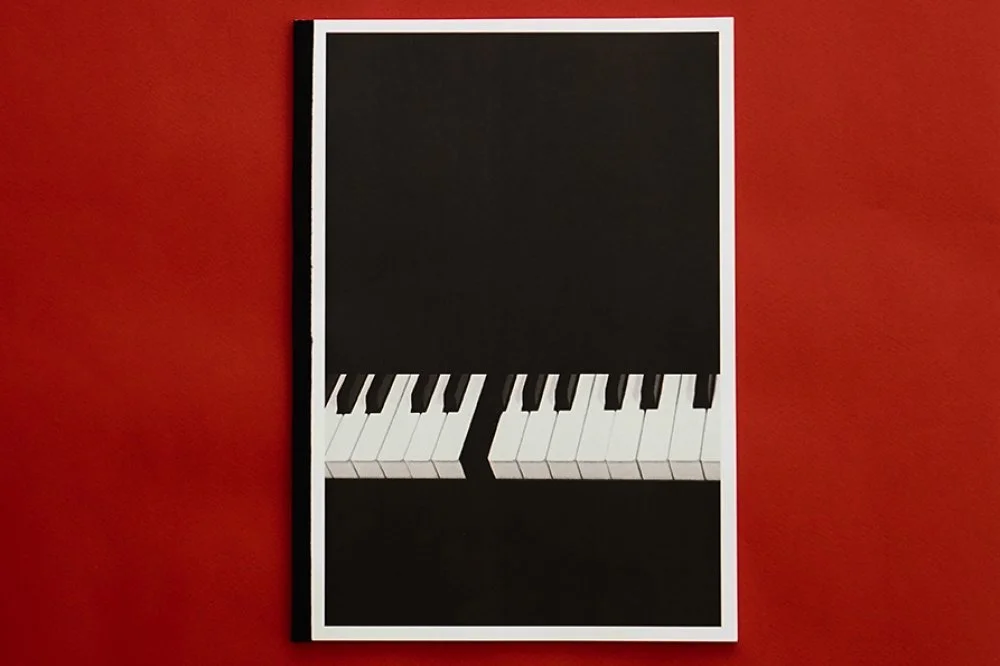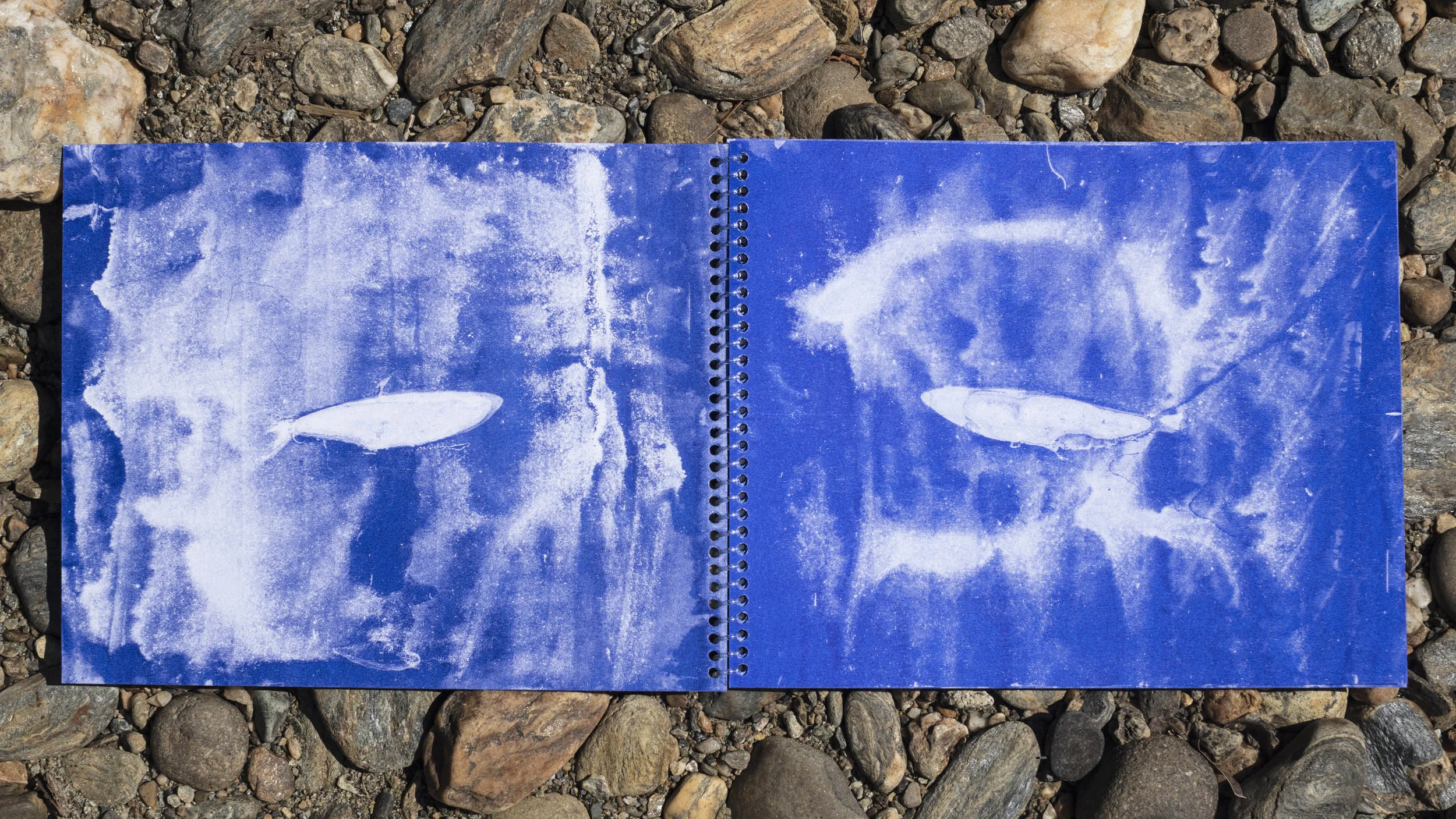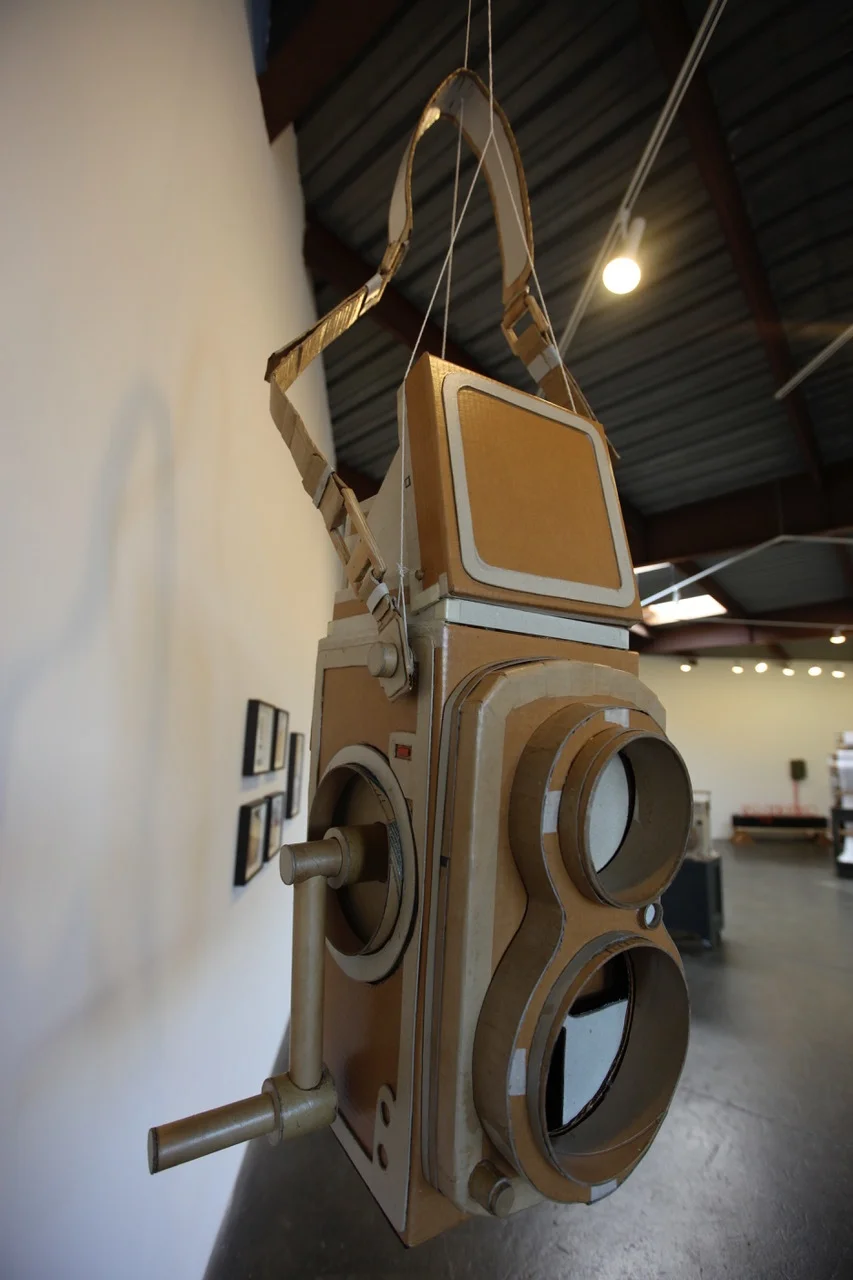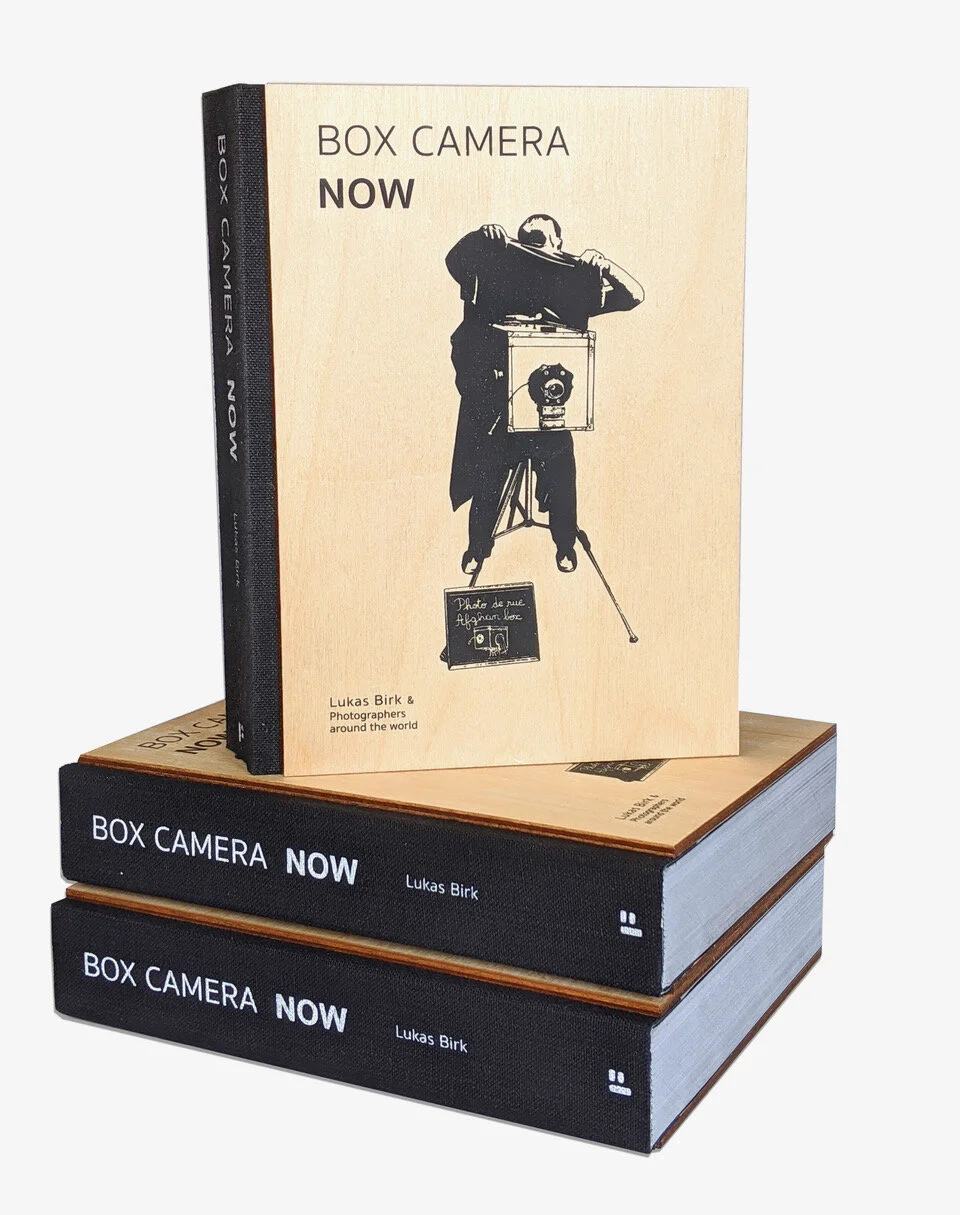This series features interviews with independent photobook publishers. This month’s interview is with the founder of Saint Lucy Books, Mark Alice Durant.
27 Contexts: An Anecdotal History in Photography by Mark Alice Durant
Don’t Take Pictures: How would you describe Saint Lucy Books to someone who has never seen your books?
Mark Alice Durant: Saint Lucy Books was established to extend the mission of my website which is devoted to writing about photography and contemporary art. Saint Lucy Books is interested in publishing books in which images and words have equal weight. Our books are eccentric in content. They are not monographs, they are not theory, art history or criticism, although they might incorporate all of those things. For example, Hidden Mother by Laura Larson uses 19th century hidden mother photographs as visual anchors to Larson's lyrical meditation on the meaning of maternal connection in relation to photography, absence, presence, longing, and connection. I also published my own book 27 Contexts: An Anecdotal History in Photography which is a series of linked essays that weave memoir with photographic history and theory, to examine how photographs are inextricably bound in our personal and collective histories. While both books are richly illustrated, neither the text nor images are subservient to one another but instead work together.
DTP: What series of events led you to start your own publishing house?
MAD: Although several publishers expressed interest in my book (27 Contexts), they were not sure what it was exactly. The academic presses did not think it scholarly enough and the art presses were uncertain because it is not a monograph, nor is it theory or criticism. I discovered that Laura Larson was having a similar issue with her book and it occurred to me that starting a press as an extension of Saint Lucy might be a good idea. I have always had a DIY sensibility, mostly because I never felt that my passions fit into pre-existing categories or organizations very well. I have always been interested in the spaces in between—in between word and image, photography and performance, the personal and the political. So Saint Lucy Books will be publishing books that explore the spaces between image/word, memoir/theory.
27 Contexts: An Anecdotal History in Photography by Mark Alice Durant
DTP: How do you find photographers that you want to work with and how do you determine what might make a good photo book?
MAD: Since this is a very new enterprise for me, I am still very much learning how to proceed. Because I write about photography and contemporary art, I am constantly looking at and researching artists. Ideally, I would like to publish one or two books a year. But Saint Lucy Books is just beginning, I do have some projects in mind but it is too early to say what they are.
Photo from Hidden Mother by Laura Larson
DTP: Have there been any books that have been particularly rewarding to produce or that you felt a special kinship with?
MAD: Both books were designed by Guenet Abraham, who for many years worked for Pantheon and W.W. Norton. Not only is she a great book designer, she is a lovely person. So it was great working so closely with her. Laura Larson is brilliant, her book is as thoughtful and deep as she is.
DTP: What are some forthcoming titles are you particularly excited about?
MAD: Too early to say, although I am thinking of doing a book version of the One Picture/One Paragraph feature on the Saint Lucy website—in which a variety of people, artists, writers, regular folk, choose an image and write a single paragraph about it in any style/approach.
Photo from Hidden Mother by Laura Larson
DTP: It seems that an increasing number of photographers, at all stages of their careers, are looking to publish a book. What should photographers think about before they embark on the book process?
MAD: It makes so much sense that photographers want to make books. First of all, before galleries and museums would exhibit photographs, books and magazines were they only way for photographers to find an audience. While it’s great that the art world has embraced photography, the gallery world and even much of the museum world is dominated by money and the influence of collectors and donors. While it is not cheap to make books, they are, relatively speaking, democratically accessible. If you asked me if I would rather have one photograph by Robert Frank on my wall or his book The Americans on my shelf, I would choose the book. The intimate experience of viewing a book, observing the relationship between images, feeling the flow of gestures, and ideas over the course of the pages can be deeply rewarding.
Photographers should look at as many books as possible and really think about how their images would benefit from the book form. I think it’s important to visit some of the Art Book Fairs all around the country to see what people are doing. Page number, sequence, size, paper quality, design, are all crucial. A simple monograph might be the answer but it can also be deadening, just a vanity project. Cost is not an indicator of quality, an offset or photocopied book can be more impressive, powerful and influential than a big, fancy, hardcover monograph. There are amazing individuals and presses out there doing great work, the people at Conveyor, Christina and Jason, for example, are my heroes. Many people love, as I do, Melissa Cantanese's Dive Dark Dream Slow book of found photographs. Also small batch publications such as those being made by Shannon LaRue are so delicate and beautiful.
Visit the Saint Lucy Books website to learn more about their books.









































